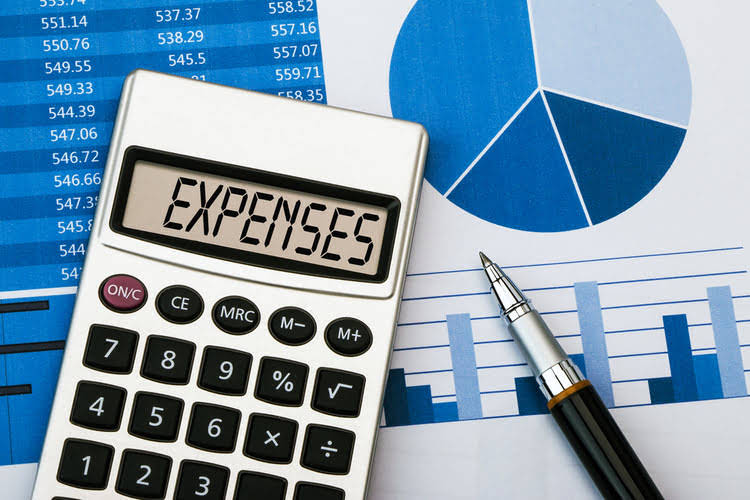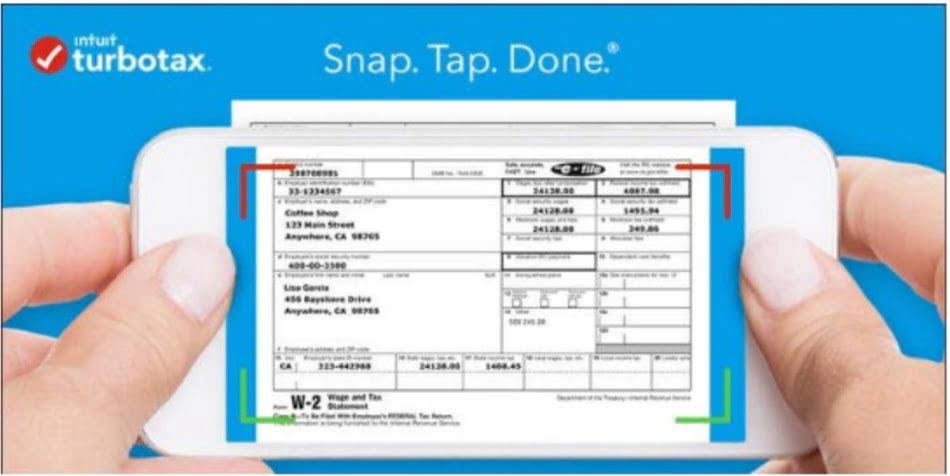
Organizations leverage optical character recognition, or OCR, artificial intelligence, and robotic process automation to streamline operations. These technologies enable real-time validation against purchase orders and receiving documents while maintaining compliance with internal controls and regulatory requirements. The automation helps you keep track of payments and invoices, reduces processing time, and improves accuracy and auditability. Modern invoice matching combines automated systems with strategic checkpoints to ensure payment accuracy and control. The process begins when invoices enter the system through various channels and flow through validation, matching, and approval stages. Advanced software solutions integrate with enterprise accounting systems, establishing automated workflows while maintaining critical control points.

What makes Agentic AI better than standard automated invoice matching systems?
- However, 3-way matching can be more time-consuming due to the extra step and requires more detailed record-keeping and coordination between departments, which can slow down the payment process.
- Automation accelerates this process by scanning, extracting, and validating invoice data within seconds.
- With the added tax, the total invoice amount is always greater than the purchase order amount.
- Three-way matching adds goods receipt verification to the process, comparing purchase orders, invoices, and receiving documentation.
- It acts as a safeguard for businesses, ensuring that they only pay for the goods or services they have received and that the prices and terms are in line with the agreed-upon terms.
Invoice processing is a vital component of financial management, but traditional manual matching methods often lead to inefficiencies, delays, and costly errors. Automated invoice matching addresses these challenges by leveraging technology to verify invoice details, ensuring accuracy and compliance while reducing operational burdens. Late payments can damage supplier relationships and impact business operations, but invoice matching with automation, invoices are processed efficiently, ensuring vendors are paid on time.

How can automation help achieve maximum matching efficiency?

The data you extract can be used to match your invoices to purchase orders and other supporting documentation in your company. In 2-way matching, the invoice is compared directly with the purchase order (PO). This involves checking that the quantities, prices, and terms on the invoice match what was originally agreed upon in the PO.

The Complete Guide to Vendor Management for Procurement Teams in 2025
- In complex cases one invoice may include goods or services for all purchases done over a month’s period, hence bundling multiple purchase orders from different buyers within the organization.
- In the case of non-PO invoices, automated invoice creation is very helpful, especially with recurring invoices.
- But for high-value, high-risk invoices, you might want the added security of 3-way or even 4-way matching.
- Incidents like these reiterate the implementation of strict financial control processes to minimize any fraud.
- It’s crucial to reconcile these documents to ensure accurate payment processing.
- By leveraging technologies like AI, machine learning, and workflow automation, organizations can significantly reduce errors, enhance financial control, and maintain seamless cash flow management.
It’s also critical to consider ease of use, vendor onboarding, and reporting tools for compliance and audit readiness. Understanding the different types of invoice matching allows organizations to choose the method that best aligns with their specific needs, industry requirements, and internal control mechanisms. In addition to the three documents in the three-way match, https://www.bookstime.com/articles/employment-contracts-for-small-businesses a four-way match includes inspection and acceptance documents.
- Here’s a breakdown of the key differences between two-way, three-way, and four-way matching.
- It ensures the AP team can access the resources and data they need to match and verify invoices.
- 2-way matching compares the invoice to the PO, verifying vendor, price, and basic quantity.
- At that point the company should already have the PO and proof that an order was received.
- Manually matching invoices to purchase orders (PO) and goods delivery receipts (GDR) is complex and time-consuming.
- On analysis of the results, the AP team noticed that due to a transposition error, the price of the batteries was entered as Rs.7,520 instead of Rs.7,250 in the invoice.
- Using invoice data extraction tools like Optical Character Recognition (OCR) and specialized software solutions, you can achieve high accuracy, reduce costs, and speed up data entry.
This not only reduces manual efforts but also enhances process efficiency, saving valuable time and costs. Brex stands at the forefront of this transformation, offering a comprehensive financial platform that extends beyond basic invoice matching. Our solution seamlessly integrates automated matching with corporate cards, spend normal balance management, and automated bill pay capabilities.
